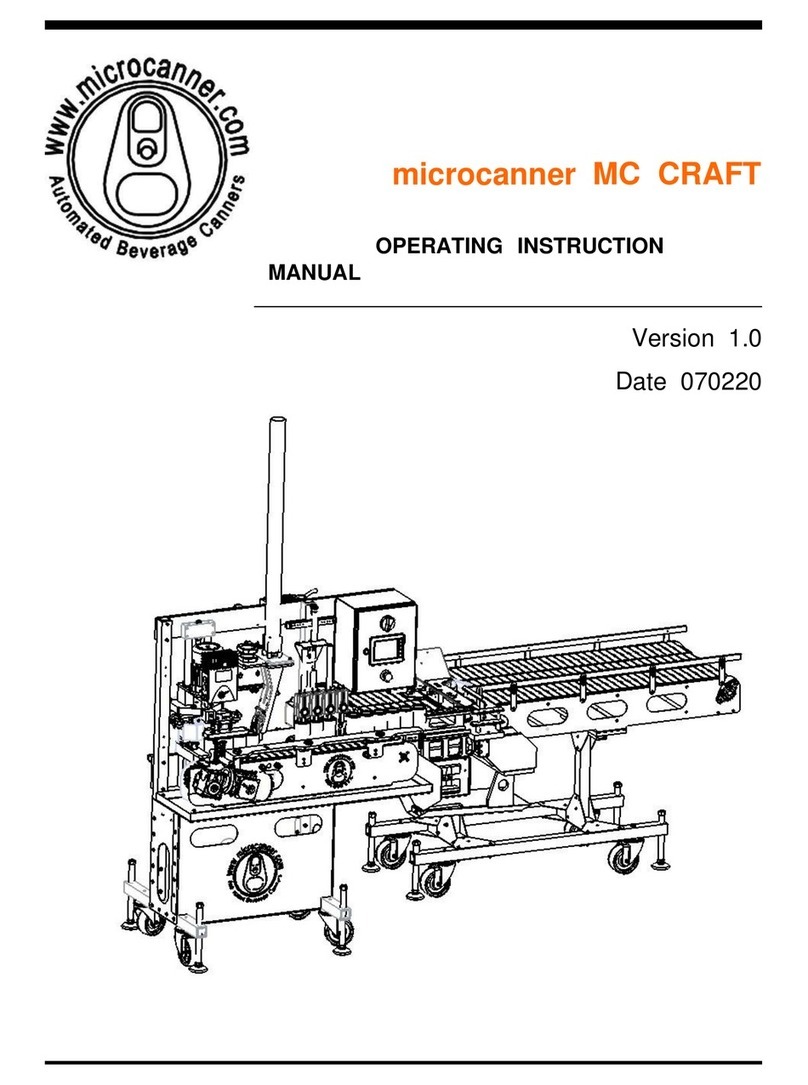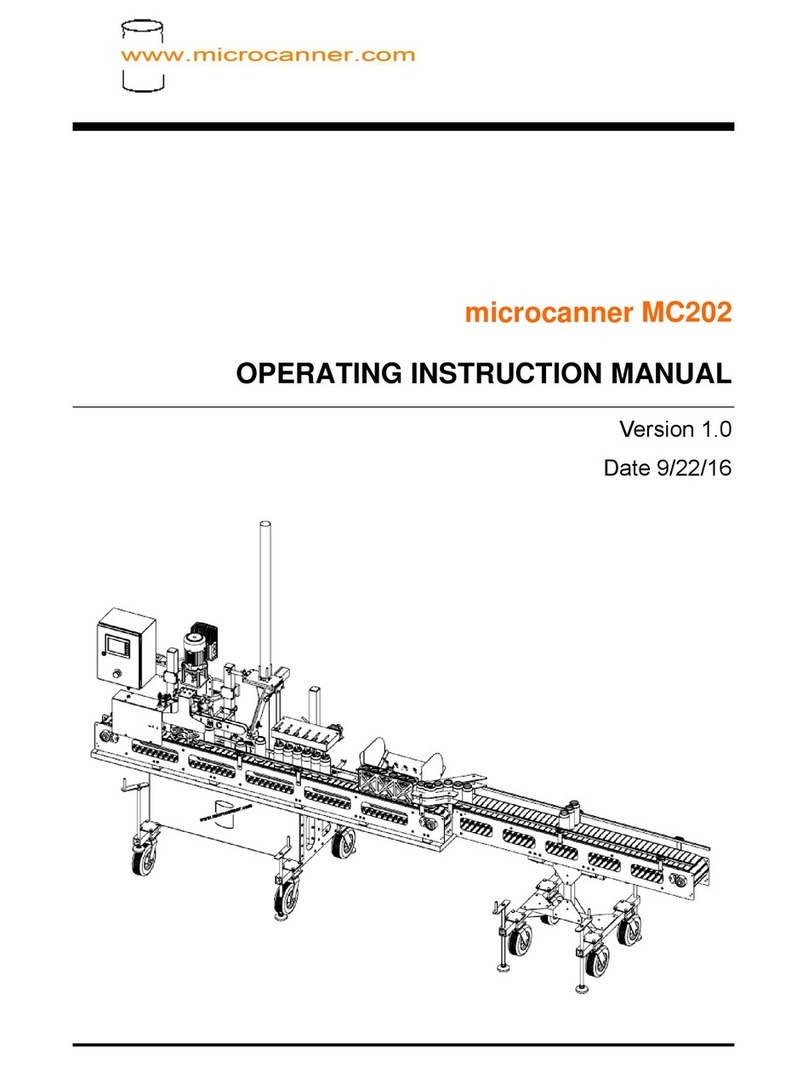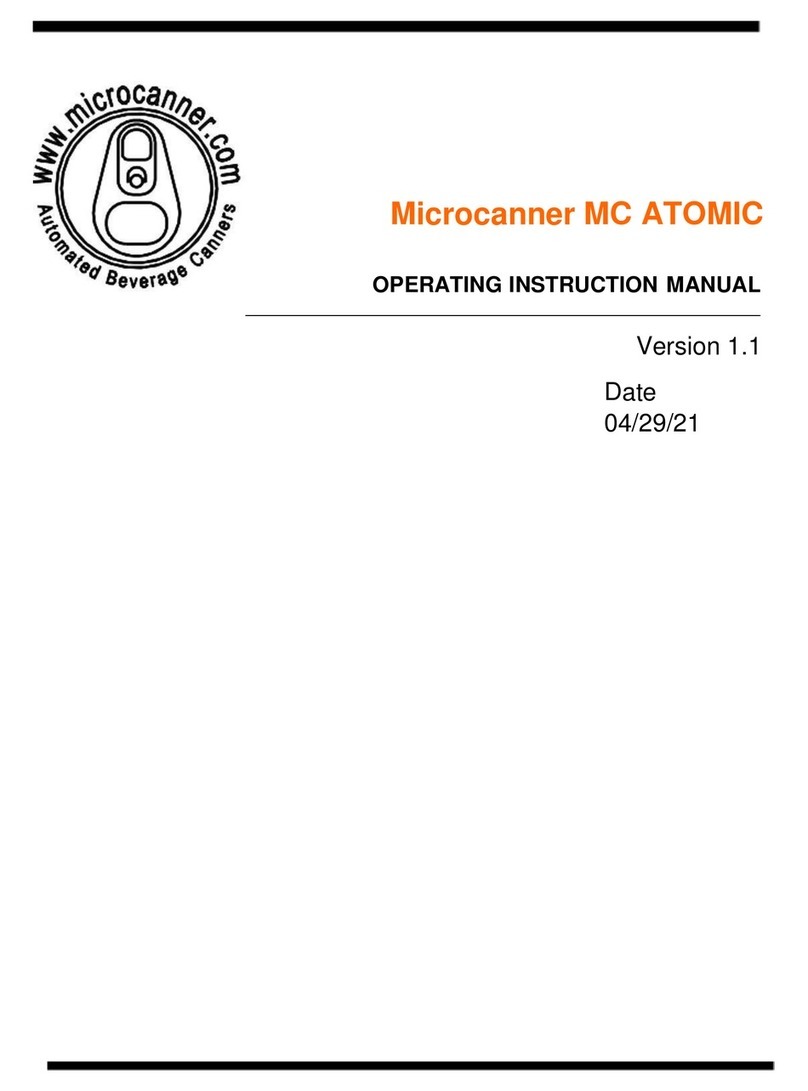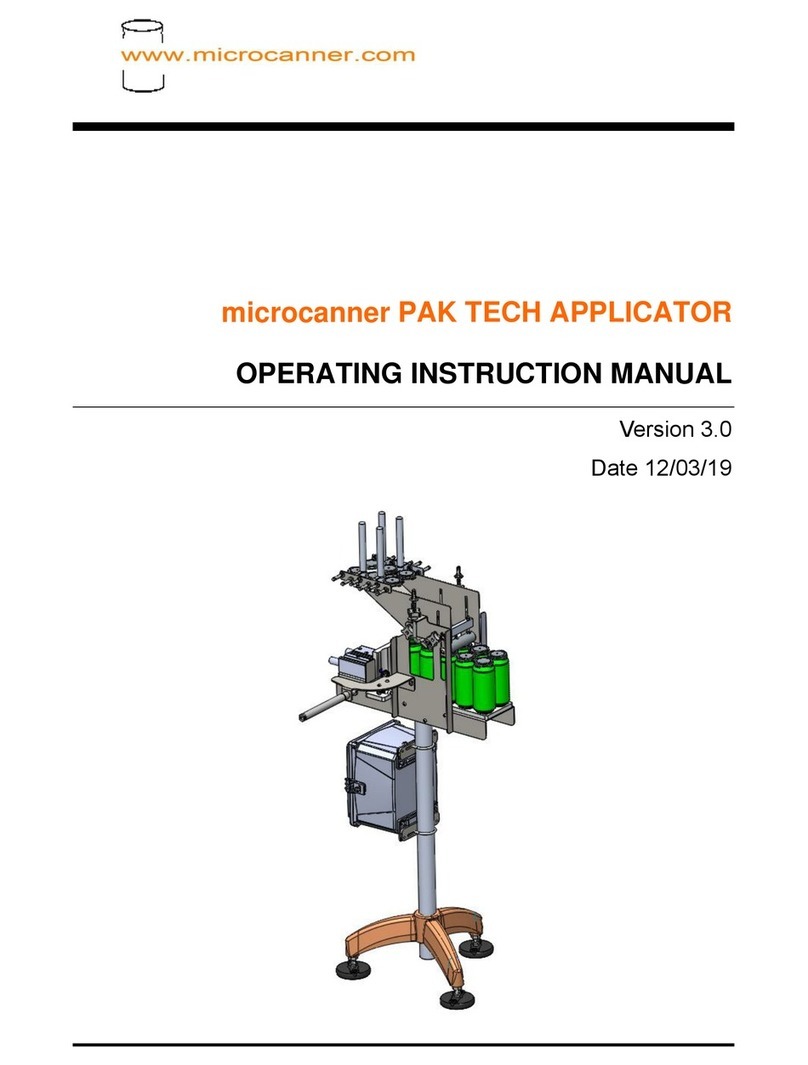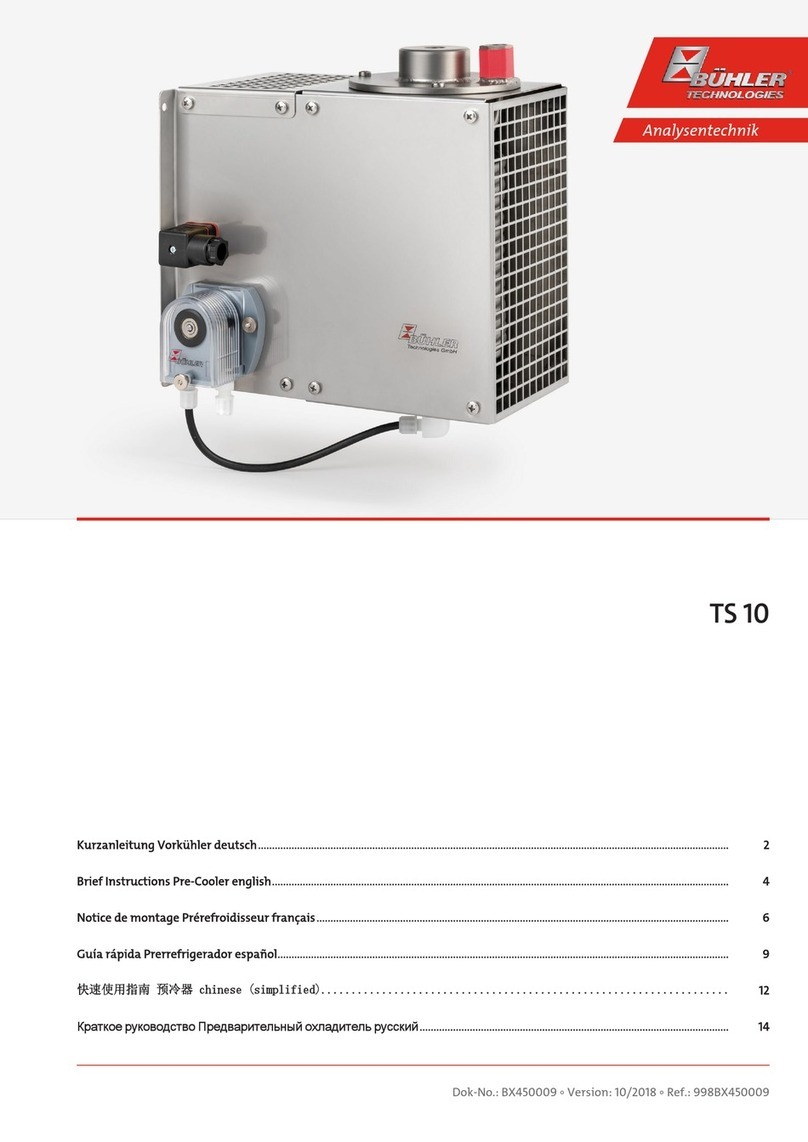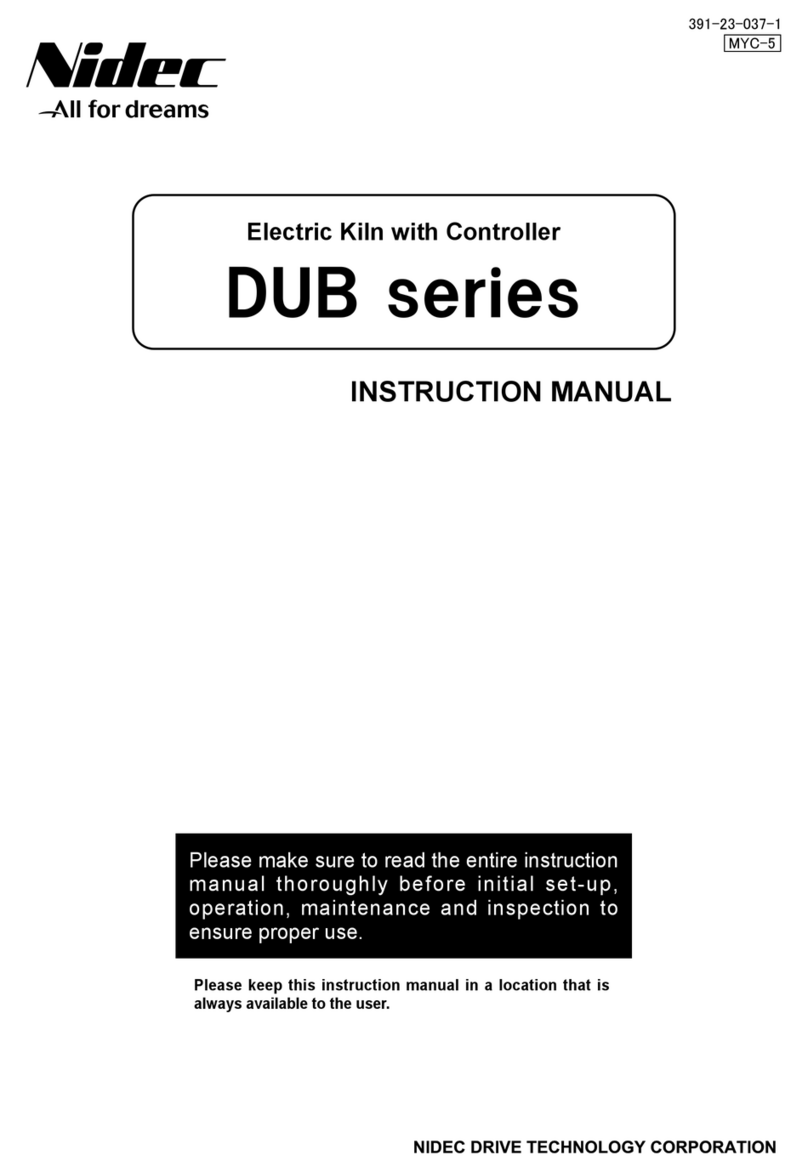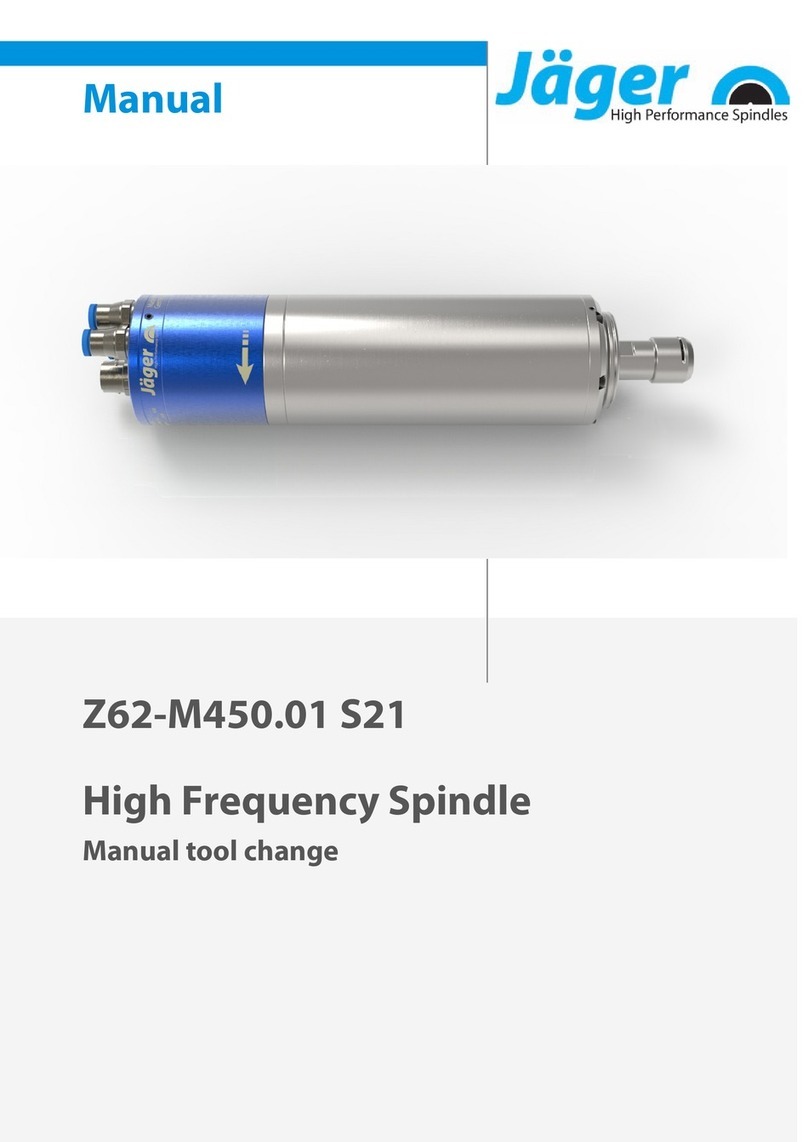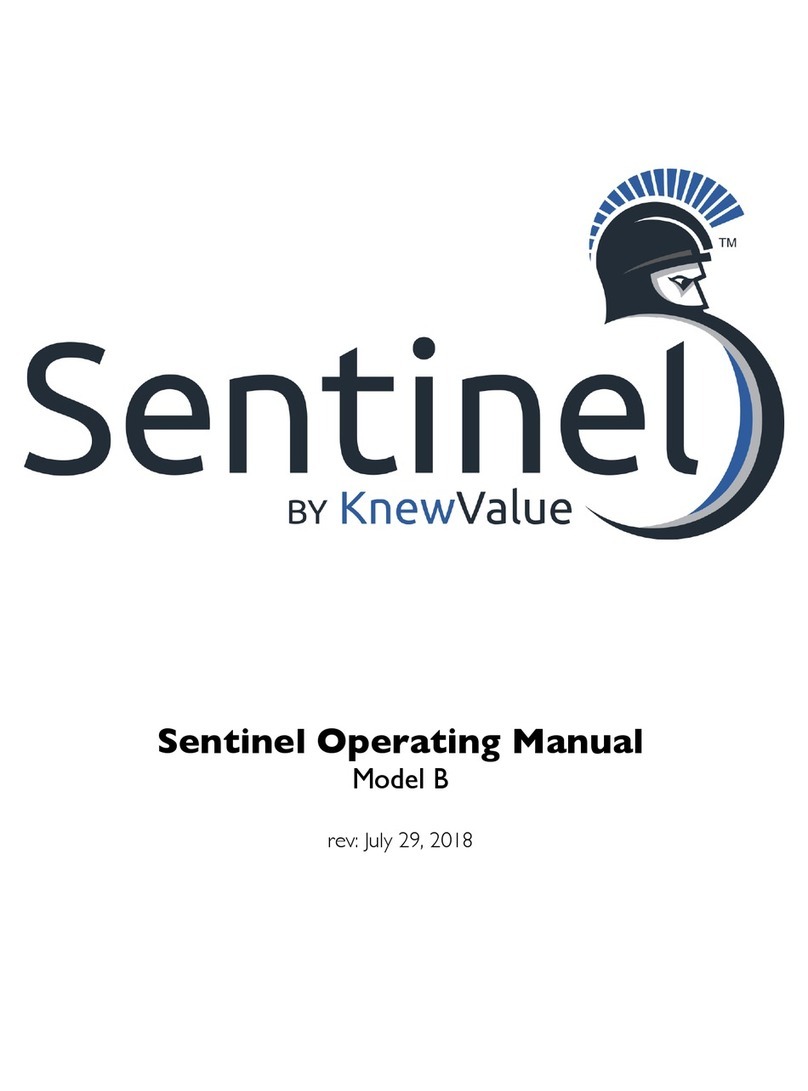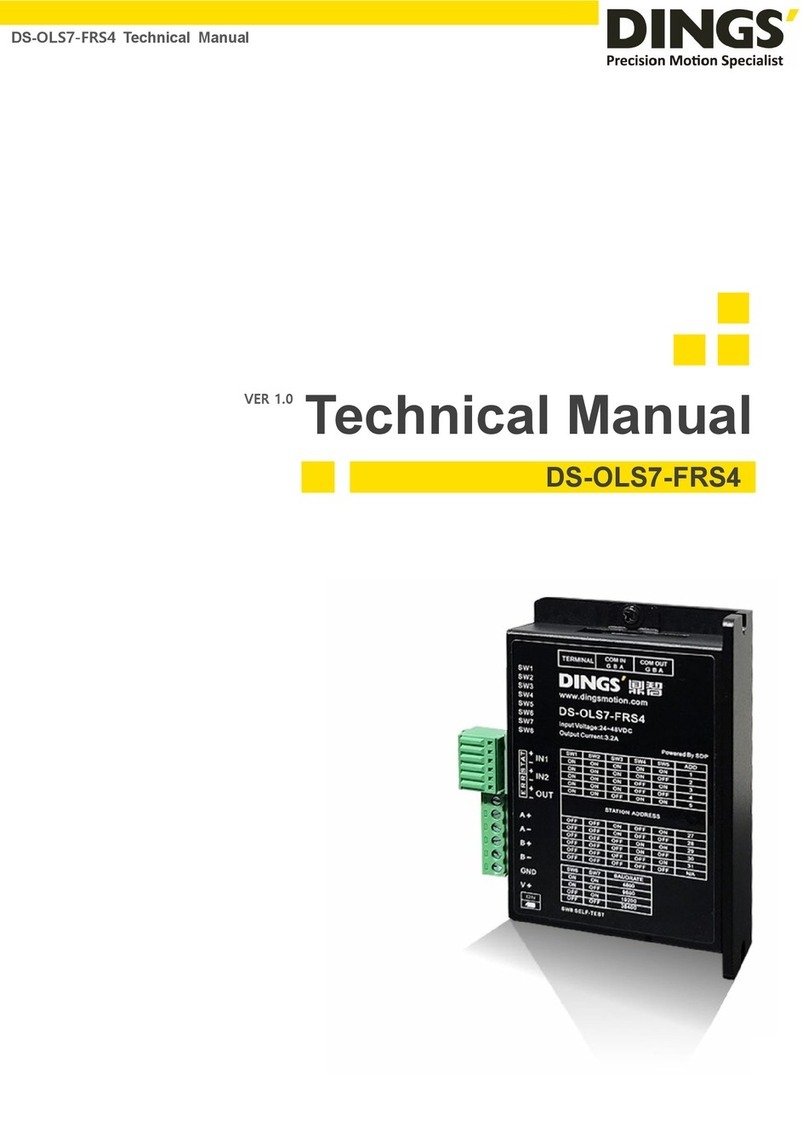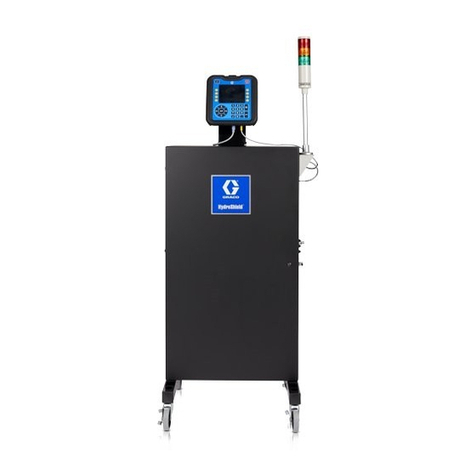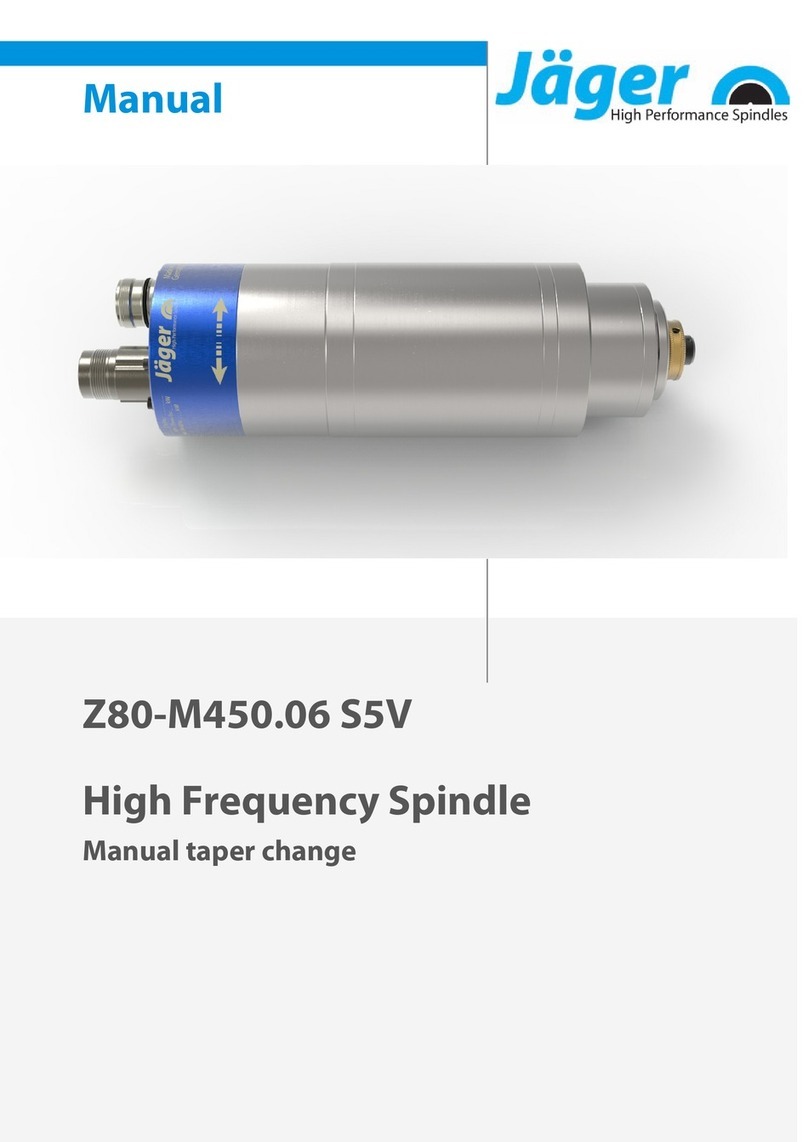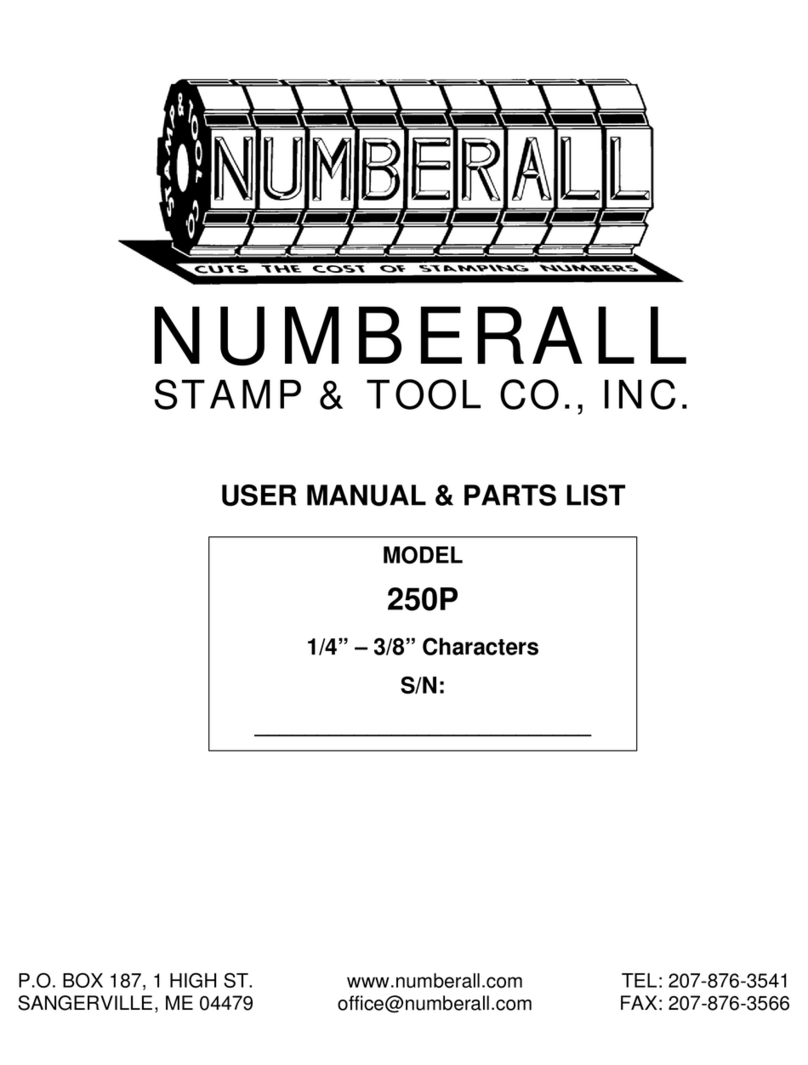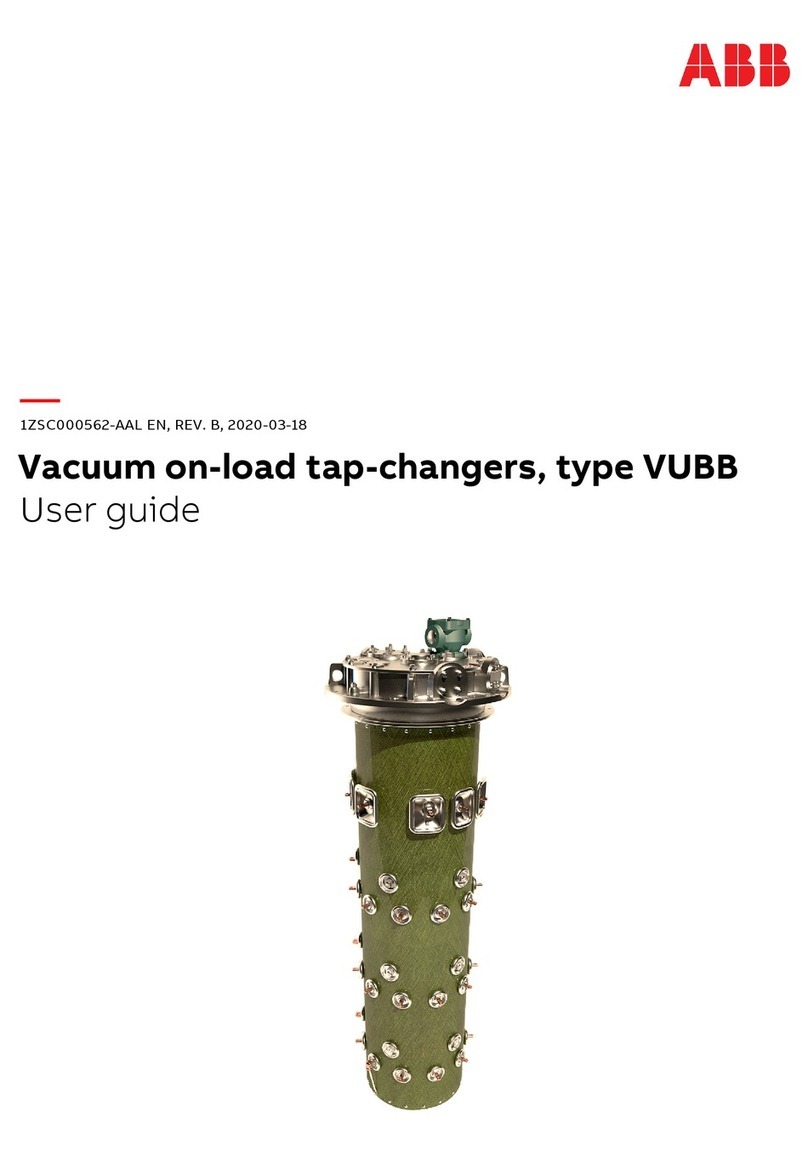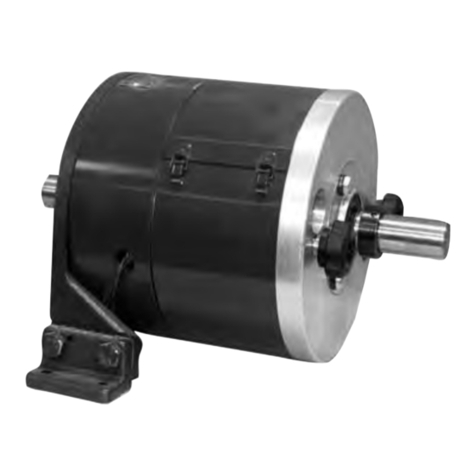Microcanner MC FLEX Instruction Manual

microcanner MC FLEX
OPERATING INSTRUCTION MANUAL
Version 1.0
Date 021618

microcanner MC1000
MC FLEX (V1.0) Page 2 of 19
WARNING!
OPERATING AUTOMATED EQUIPMENT IS DANGEROUS. DO NOT OPERATE
THE MC1000 CANNING SYSTEM UNTIL YOU HAVE READ THIS MANUAL AND
HAVE RECEIVED PROPER TRAINING. PRECAUTIONS MUST BE TAKEN TO
SAFEGUARD OPERATORS. OPERATORS MUST BE TRAINED AND AWARE
OF DANGER POINTS, IF SOMEONE FAILS TO FOLLOW SAFETY RULES,
INJURY OR DEATH COULD RESULT.
IMPORTANT SAFTEY PRACTICES
•Conveyors are dangerous and present entanglement hazards. Loose clothing,
hair, and jewelry should be avoided at all costs. Never place hands near or
inside of a moving conveyor.
•NEVER permit children, or un-trained operators anywhere near an operating
machine.
•In the event of an emergency, hit the E-stop.
•Never preform adjustments without being in E-Stop mode, or unplugging.
•Never plug into an outlet that is not GFCI. Water and electricity do not mix.
•Never open the control panel while powered up / plugged in.
•Keep clear of all moving parts.
•Clear machine jams only when in E-stop mode or fully powered down.
•It is recommended that you wear safety glasses anytime during operation of the
MCFLEX canning system.
•Never transport the MC FLEX while on its base. This is only for brewery mobility.
The frame may fail under shock loads of the road.

microcanner MC1000
MC FLEX (V1.0) Page 3 of 19
TABLE OF CONTENTS
1 INTRODUCTION 4
2 MACHINE REQUIREMENTS 4
3 GENERAL MACHINE SERVICE 5
4 START UP PROCEDURE 7
5 SEAM SETUP GUIDE 10
6 CHANGE OVER PROCEDURE 12
7 HMI OPERATIONS 15
8 TIPS FOR A SUCCESSFUL RUN 21

microcanner MC1000
MC FLEX (V1.0) Page 4 of 19
1 INTRODUCTION
•Thank you for purchasing a microcanner MC FLEX canning system. This manual is
written for your benefit to help you fully understand how to operate and service your
machine. With proper operation and service your machine will offer you years of
service.
•The MC FLEX canning system is designed to run 8,12,16oz 202 series cans and Sleek
Series cans with afewsimple changeover steps. This machine can be special ordered
to run Slim series cans. The machine will run up to 60 cases per hour, this will vary
from product to product based on carbonation and/or specific gravity along with
temperature of the product.
2 MACHINE REQUIREMENTS
•For safety purposes you should plug your machine into a 110v 20 amp GFCI outlet.
Please note that the motors use a V.F.D. (variable frequency drive) to convert 110v
single phase to 220 volt, 3 phase power. The type of GFCI commonly purchased in
a big box store will not work. A licensed electrician with experience in motor control
should to be contracted to perform the work.
•Clean dry air supply to the machine. Below is one we would suggest.
ohttp://www.smcusa.com/products/idfb-refrigerated-air-dryer.aspx
oModel IDF B3E-11N should be adequate. Consult your local SMC
representative prior to purchase.
oFailure to provide dry air will destroy valves and void the warranty.
oAir Regulator at the machine is to be set at 80 P.S.I. If your pressure needle
jumps around during operation, you will need to supply a surge tank near the
machine.
•CO2delivery system that is regulated to 18 P.S.I. This line should have a standard
quick connect for hooking up to the filler head.
•Water supply for rinse tunnel, and pre-rinse if applicable. Simple garden hose
connection. Water supply not to exceed 55 psi.

microcanner MC1000
MC FLEX (V1.0) Page 5 of 19
•1 ½ Tri-clamp product supply line from brite tank, preferably insulated
•34°F product @ 2.64 Co2 @ 15 PSI head pressure (head pressure will vary and a longer
line set may be required when running high gravity, high IBU double IPA beer)
•1 1⁄2” Tri-clamp with sanitizer to rinse filler valves (pump kit is supplied)
3 GENERAL MACHINE SERVICE
Like any other piece of equipment, new car or tractor, your canning machine needs
to be cleaned, lubricated and periodically serviced. Screws loosen, Filters plug up
with contaminates, sensors vibrate out of adjustment and seam tooling wears. It is
important to assign a technician to learn the system and take good care of it.
•Prior to each use, all screws and sensors should be checked for tightness.
•During each use seams should be checked at least every 200 cans to assure
that bad cans are not being made due to worn out or loose tooling.
•Drain beer from fill line and run sanitizer through it after use. Thoroughly clean
fill level sensors and spray with alcohol.
•Following each use, the entire machine should be hosed off (no pressure
washers). A bucket of warm water and dawn soap should be prepared, and the
machine be scrubbed with a soft plastic bristled bush. All water spots should be
polished off using vinegar and rags.
•After cleaning a food grade zero weight grease
(http://www.mcmaster.com/#1242k11/=125v2xd) needs to be applied to all
conveyor bearing zerc fittings. There are 4 conveyor bearings on the feeder line
and 2 zercs on the main line at the end of the shafts.

microcanner MC1000
MC FLEX (V1.0) Page 6 of 19
•Grease must also be applied to 1st operation and 2nd operation tooling. While
greasing, spin the form wheel. Stop pumping when you just start to notice the
rpm of the wheel drop from the grease contact.
•Grease Shaft Zerc behind the cap in place sensor thoroughly between canning
runs.
•Prior to running the machine check to see if any water has accumulated in the
catch bowl of the filter regulator to the right, or the water separator to the left.
oTo empty the catch bowl, push down on the grey thumb slide, then turn
and pull down to take the bowl off. Empty the bowl of any water.

microcanner MC1000
MC FLEX (V1.0) Page 7 of 19
4 START UP PROCEDURE
1. Put machine into desired location.
2. With a bubble level on the bed of the conveyor, raise the machine by lowering
the threaded foot pads by hand until the machine is completely level.
3. Place and level add-on rinse / feed system, if applicable
a. Start by adjusting foot pads to adjust until rinse platform and print track are
aligned.
b. Connect the proximity cable sensor and the multi-port manifold
c. Insert drive shaft pin buy rotating the Feeder belt until hole aligns
4. Verify that the machine and feeder is setup to run desired size.
5. Verify that the cap shedder is at the appropriate running height. Run a can by
hand under the shedder to verify the end catches and falls on top of the can.

microcanner MC1000
MC FLEX (V1.0) Page 8 of 19
6. Plug in the machine power, rotary feed table power, hook up the air supply,
connect Co2 on the quick connect fitting located behind the filler head, attach
cold water supply to both the line and the rotary feed / rinse package, and attach
supply of sanitizer to the filling station.
7. With the machine on, e-stop button off, and the fill station raised, put the machine
into paused mode. On the fill station screen (F3) on the HMI hit the on/off button
to open the valves and let the sanitizer flow completely through the fill lines.
a. During this process leave 3 cans under the filling station so they will fill
with sanitizer.
b. Make sure sanitizer has fully made it through the system.
c. Using the fill station screen, lower the fill station so that the fill tubes and
float switches can be soaked with sanitizer.
d. On the HMI turn the fill valves off.
e. Let sit for desired amount of time.
f. Raise the fill station.
g. Remove the 3 cans filled with sanitizer.
h. Fully purge system with product.
8. Load ends into cap feeder station.

microcanner MC1000
MC FLEX (V1.0) Page 9 of 19
9. Turn machine to automatic mode.
10.Engage the “hold back cans” button on the first screen.
11.Load cans
*Be sure to check the seam dimensions (5.4) on the first few cans, and
periodically throughout the run.
5 SEAM SETUP GUIDE
5.1 GETTING STARTED
•Prior to getting started review seam setup dimensions (7.3) and controls (7.6)
in the HMI operations section (7).
•Your machine will be setup prior to shipment, but you will want to verify that the
seams are still in spec prior to every run, and periodically while running.
5.2 GENERAL SEAMING INFORMATION
•There are 3 main components to the operation.
1. The center chuck is what the can is pressed into and holds the can in place
for seaming.
2. The 1st operation form tool is to the right of the chuck, and starts the seam
by curling the end around the lip of the can.
3. The 2nd operation form tool is to the left of the chuck, and acts more as an
anvil to flatten and seal the seam
•Check out http://www.doubleseam.com/ for a wealth of great information.

microcanner MC1000
MC FLEX (V1.0) Page 10 of 19
5.3 HOW TO ADJUST SEAM FORM TOOLING
1. You should read this section 5.3 and the next 5.4 to get a good
understanding of the necessary steps required to properly setup your tool prior
to adjusting any tooling.
2. It is recommended that any step in this section 5.3 be done with the air
powered down, turned off, and the seaming arms moved manually to verify fit
and function. Failure to follow this step could result in damage to tooling and
voiding warranty of the tooling.
3. Unless your chuck becomes loose, or a bearing fails, there is never any
need to adjust it.
4. When setting up the 1st and 2nd op form tools you want to have about a
paper thickness of air gap (.003”) between the shoulder of the chuck, and the
shoulder of either form tool.
5. To adjust the height on either form tool you first need to loosen the 2 jam
nuts, then the two set screws that lock the threads of the form tools. Never
use a set screw that is not brass or brass tipped as you risk damaging the
threads of the form rolls. You then turn the form tools clockwise to raise the
tool, or counter-clockwise to lower the tool. Once in position, retighten the 2
set screws, and jam nuts. Take care to make sure the form tools do not move
while retightening the clamp screws.

microcanner MC1000
MC FLEX (V1.0) Page 11 of 19
6. To adjust the depth of the 1st op form tool you will need to first loosen the
jam nut on the cylinder rod on the rear of the cylinder. Then put a wrench on
the rod of the cylinder and turn the wrench clockwise to increase depth, and
counter-clockwise to reduce depth. Retighten the jam nut once in desired
position.

microcanner MC1000
MC FLEX (V1.0) Page 12 of 19
7. Adjusting the 2nd op form tool is the same except you turn the wrench in the
opposite direction. Counter-clockwise to increase depth, and clockwise to
reduce depth.
5.4 HOW TO TEST AND MEASURE SEAMS
1. Prior to make sure to complete the steps in section 5.3 to roughly position the seam
tooling to avoid damage to the tooling.
2. Start with the machine on, and in manual mode. (reference 7.2 for manual mode)
3. Take a can and fill it with water to give it structural rigidity. The can will get crushed
without fluid in it running through the seaming station.
4. Place an end on the can, and place it on the conveyor prior to the seaming station
5. The following steps will be done using the seam setup controls screen (7.6).
6. Index the can into position
7. Hit op 1 for op1 test / measure
8. Hit op2 for op2 test / measure
9. Hit op 1 & 2 to check both combined / measure
10. Measure the seam and compare to seam dimensions on the F2 screen. If dimensions
are out of tolerance adjust the tooling until within spec.
11. Do operation 1 until good, then proceed to operation 2, then check a sequential run.

microcanner MC1000
MC FLEX (V1.0) Page 13 of 19
6 CHANGE OVER PROCEDURE
6.1 ADJUSTING THE FILLER
1. Fill 3 cans with water or product to the desired volume/weight, and place
them under the filling station.
2. Go the filling station screen on your HMI panel, and lower the filling station
so that the fill tubes and float switches are inside the cans.
3. Loosen the knob on the switch plate. Move the plate up or down until the
sensor light is activated on the HMI screen. Then tighten the knob.
4. Use the HMI screen to raise the fill station.
5. Remove setup cans so the machine will be ready to run.
6.2 ADJUSTING THE MAIN HEAD
1. Crack the jam nut on the seamer head
2. In manual mode place a can on the lift puck and using the F3 screen lift the
can. Adjust the main bolt until the can has about 1/16” stroke to go (can in firm
compression).
3. Retighten the jam nut

microcanner MC1000
MC FLEX (V1.0) Page 14 of 19
6.3 ADJUSTING THE FOAM RAIL
1. Place a can on the conveyor with a lid on it.
2. Using the two screws, set the foam plate about .01 inch above the can and
lid assembly
3. Once the rail height is set, put a can with an end on it under the cap in place
sensor. This is the sensor directly above the next can waiting to go into the
seam station.
4. With a can and end directly under the cap in place sensor press and hold
the teach button until it turns solid yellow. From time to time this sensor will
need to be retaught its position. Repeat this step whenever necessary.

microcanner MC1000
MC FLEX (V1.0) Page 15 of 19
7 HMI OPERATIONS
7.1 HMI BASIC OPPERATIONS
•There are 5 menu screens on your HMI F1-F5, which we will get into in this
section. You navigate through each screen by pushing the corresponding
button on the right.
•Most menu screens have buttons on the touch screen that perform certain
tasks, that will be described in the sections below.
•Below the touch panel, you will see a red emergency stop button. This E-stop
button will shut the entire machine off, and is a vital piece of safety equipment.
Familiarize yourself with this button and its operations prior to running
the machine.
7.2 F1: MAIN SCREEN
•The numbers on the picture below correspond with the numbering in this
section
1. Main Reset: This is the main reset button for the machine. If something is
not acting right, power off, power on, push reset, then put the machine back
into running mode
2. Pause (II): This button pauses the entire machine. It can be used as a
brief stop of the machine. It should not be used to do machine

microcanner MC1000
MC FLEX (V1.0) Page 16 of 19
maintenance. Always press the e-stop button prior to doing any
maintenance.
3. Running/Paused Icon: This is not a button, but is shown to display if you
are in running or paused mode.
4. Missing Cap Pause (II): This button should be used when a can with a
missing end has made it under the cap in place sensor. If this button is not
pushed before placing an end on the can, the machine may actuate early and
send a can into the seaming station. After replacing a missing end, hit the
button again to unpause the machine.
5. Run Counter Reset: This button resets the run counter. You can reset
this counter prior to each run.
6. Run Counter: Displays the amount of cans run per session.
7. Hold Back: Use this button to run cans out while holding new ones from
entering the fill station. This is helpful while setting fill weights or when taking
a break.
7.3 F2: SEAM SETUP DIMENSIONS
•These dimensions are for LOE can end. You can also consult your supplier for
manufacturer specific dimensions.
7.4 F3: FILL STATION SETUP
•This screen is to be used for the sanitation of the machine before and after
running product through the machine, and also to set the float valves on the
filling station if they ever need to be adjusted.

microcanner MC1000
MC FLEX (V1.0) Page 17 of 19
•Reference step 7 of startup procedure for sanitation procedure
•Reference section 6.1 on how to adjust the filler.
•There are only two buttons on the fill station setup screen
1. Fill Valves on/off: Turns the fill valves on or off.
2. Co2 sanitizer: Use to force sanitizer through the gas vales
3. Fill Lifter: Raises or lowers the fill station.
There are 3 icons at the bottom of the screen that will light up when the
corresponding float valve on the filling station is activated. This is a visual cue
used to set the fill level in each can.
7.5 F4: TOP OFF MODE
•This screen can be used if at any time an additional amount of product needs
to be added to any individual can.
•If you are standing at the front of the machine at the HMI V1 controls the valve
closest to you, or farthest left, and V6 controls the valve farthest from you, or
farthest right.
•Each button push will add an additional 1/16 of a second. The number
displayed is in milliseconds, where 1000=1 second.

microcanner MC1000
MC FLEX (V1.0) Page 18 of 19
7.6 F5: SEAM SETUP CONTROLS
•This screen is a simple way to be able to run a single can through the seaming
station to test and measure seams.
•Reference the seam setup guide (5) on how to test and measure seams.
•Below is a quick over of the buttons and how they function.
1. Lift Can: Either lifts or lowers the lift puck depending on the position it is
already in.
2. Motor on/off: Turns the seam chuck motor on or off.
3. Index Can: Indexes the rotary actuator that will let you feed a can in or out
of the seaming station.
4. Opp 1: Extends the 1st operation tooling. This button needs to be held to
keep the form tooling in position.
5. Opp 2: Extends the 2nd operation tooling. This button needs to be held to
keep the form tooling in position.

microcanner MC1000
MC FLEX (V1.0) Page 19 of 19
8 TIPS FOR A SUCCESFUL RUN
•When canning you want the temperature of your product to be as close to 32°
as possible for your first run. The key to low dissolved oxygen levels is to have
a perfect marshmallow of foam when the cans leave the fill head. To achieve
this, tank pressure, temperature and carbonation rates must be experimented
with on each beer until this desired condition is met. When starting out, only
can the beer you know will sell in a couple of weeks.
TRAINING VIDEO:
https://drive.google.com/open?id=1oTe448yJyY566-DY9b98vYmMinVDEH1a
This manual suits for next models
1
Table of contents
Other Microcanner Industrial Equipment manuals
Popular Industrial Equipment manuals by other brands
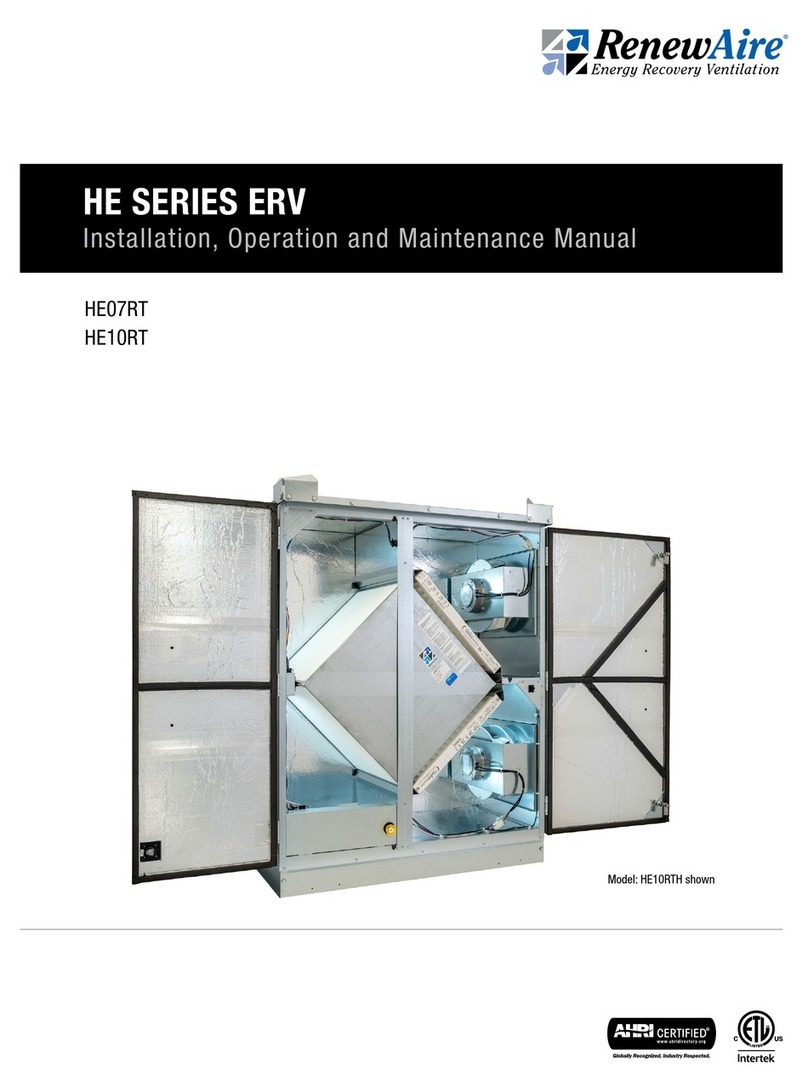
RenewAire
RenewAire HE Series Installation, operation and maintenance manual

Hoval
Hoval ST1 INSTRUCTIONS FOR INSTALLATION, COMMISSIONING AND MAINTENANCE

Trumpf
Trumpf PFO 33 Operator's manual
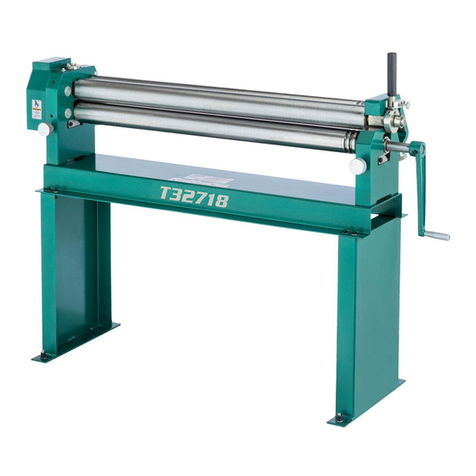
Grizzly
Grizzly T32718 owner's manual
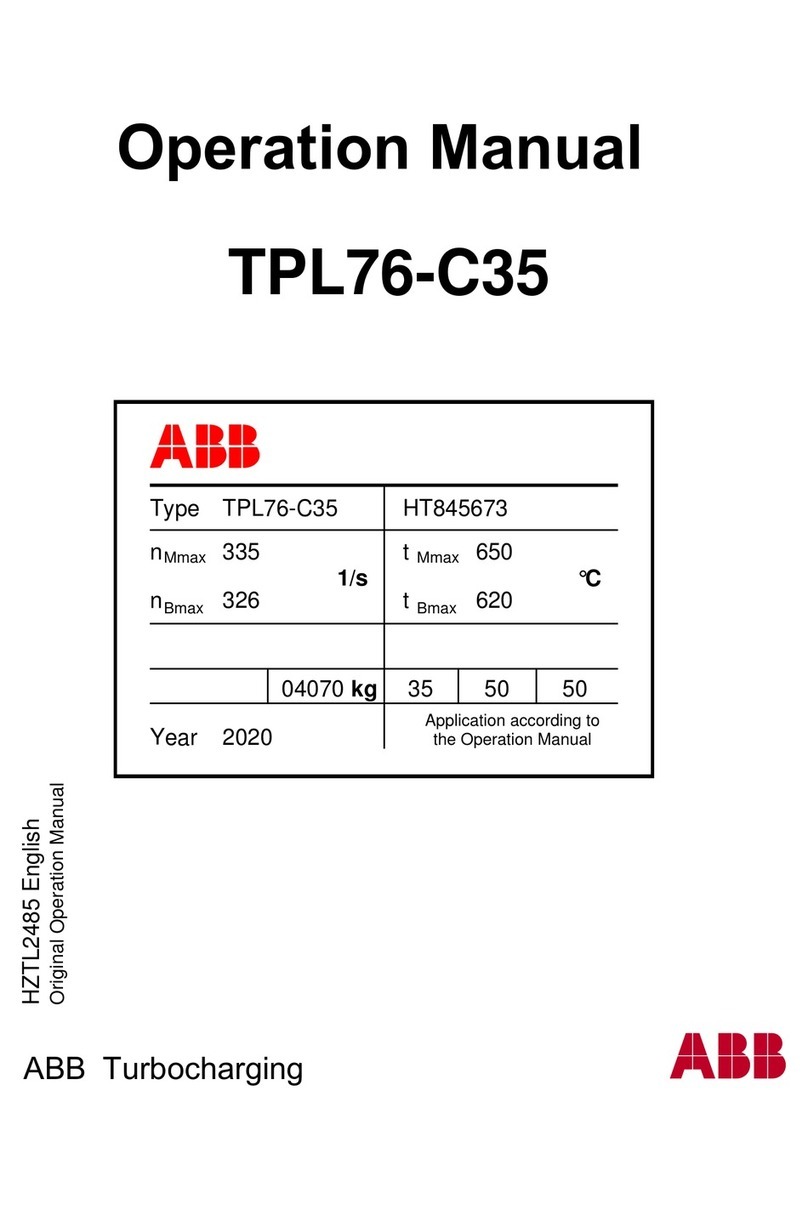
ABB
ABB TPL76-C Operation manual
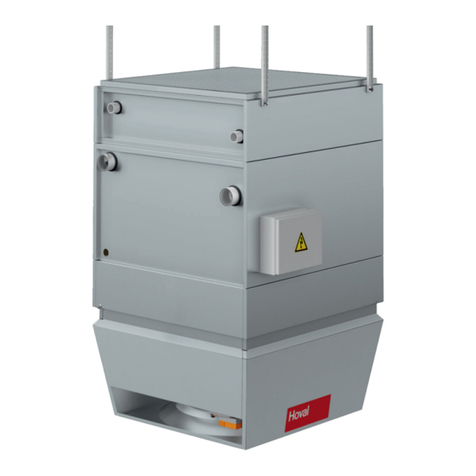
Hoval
Hoval TopVent TH-6C operating instructions
